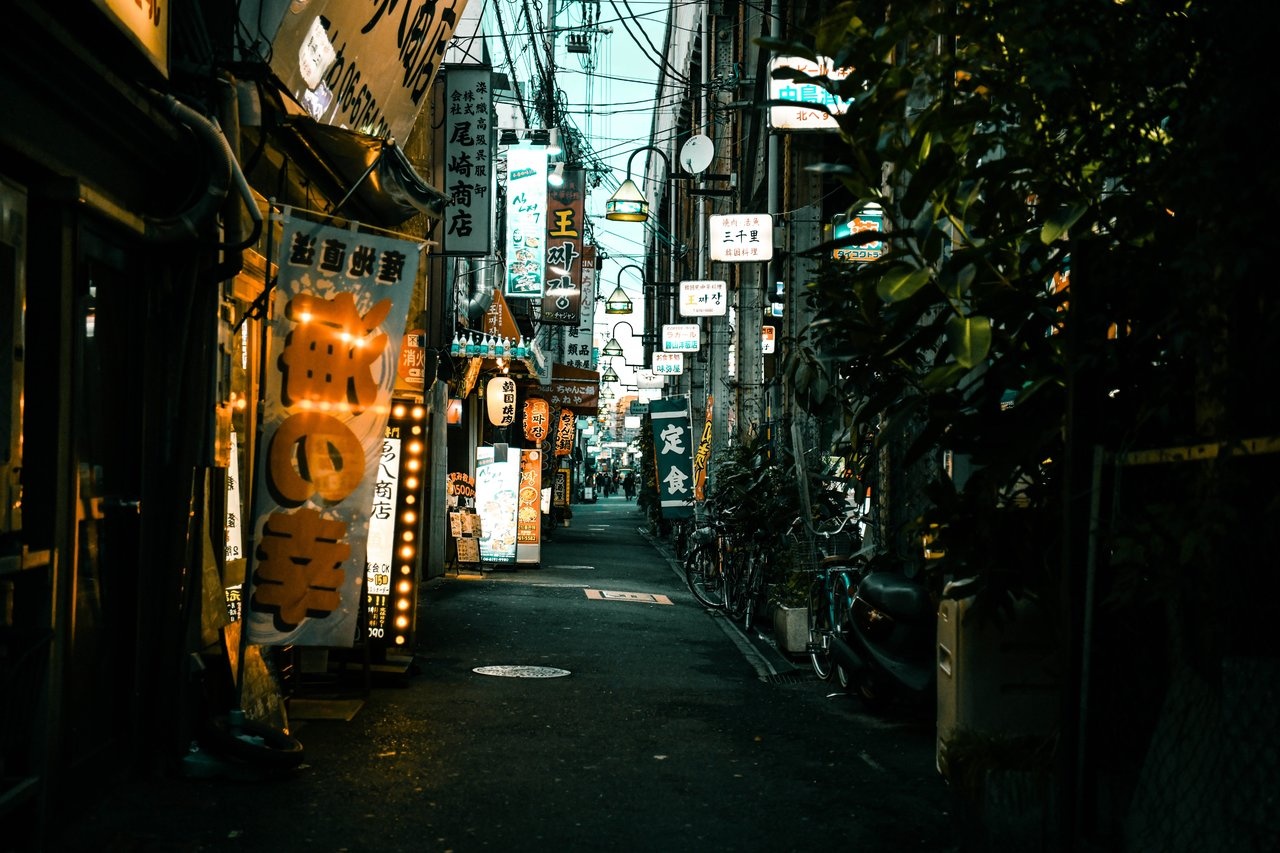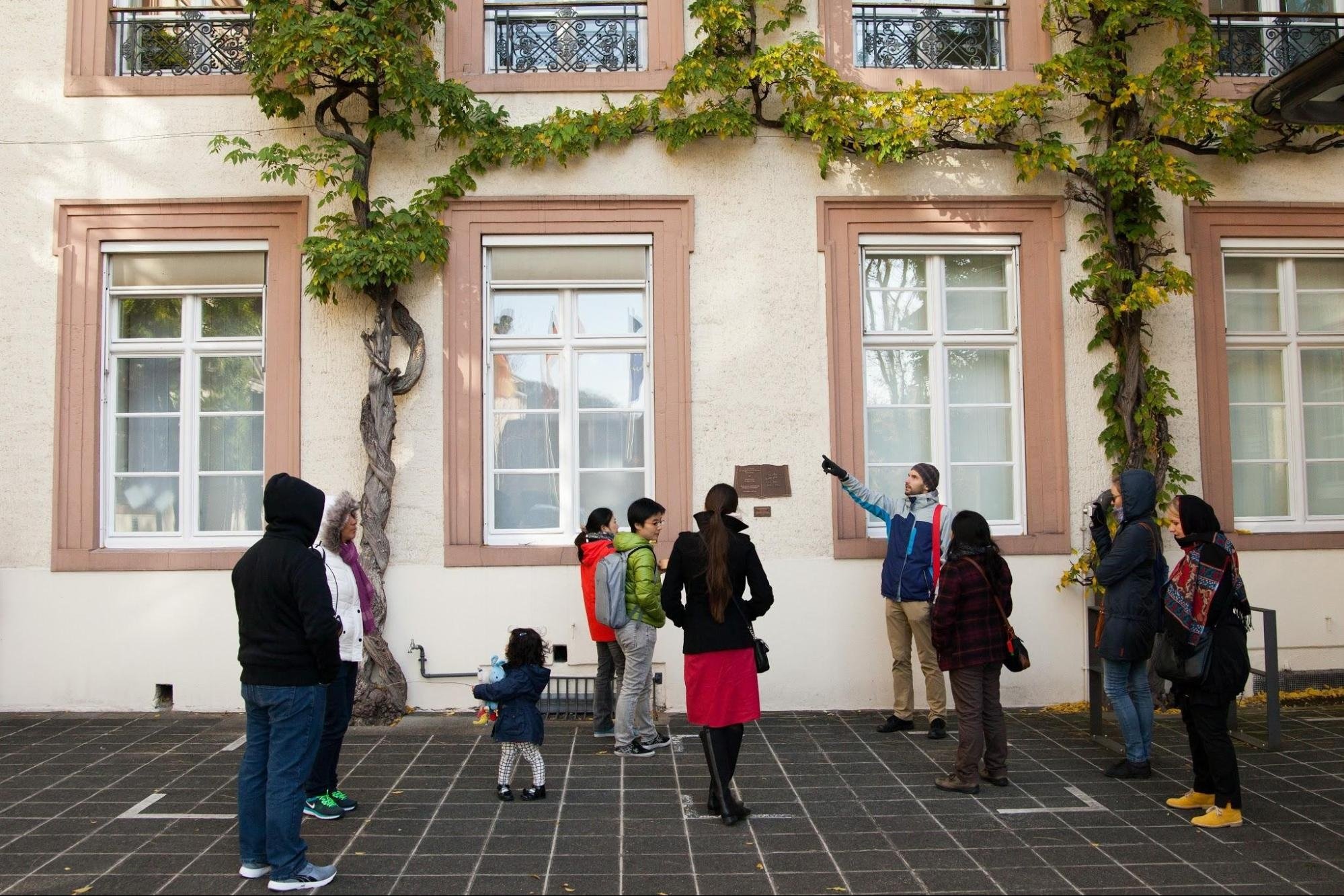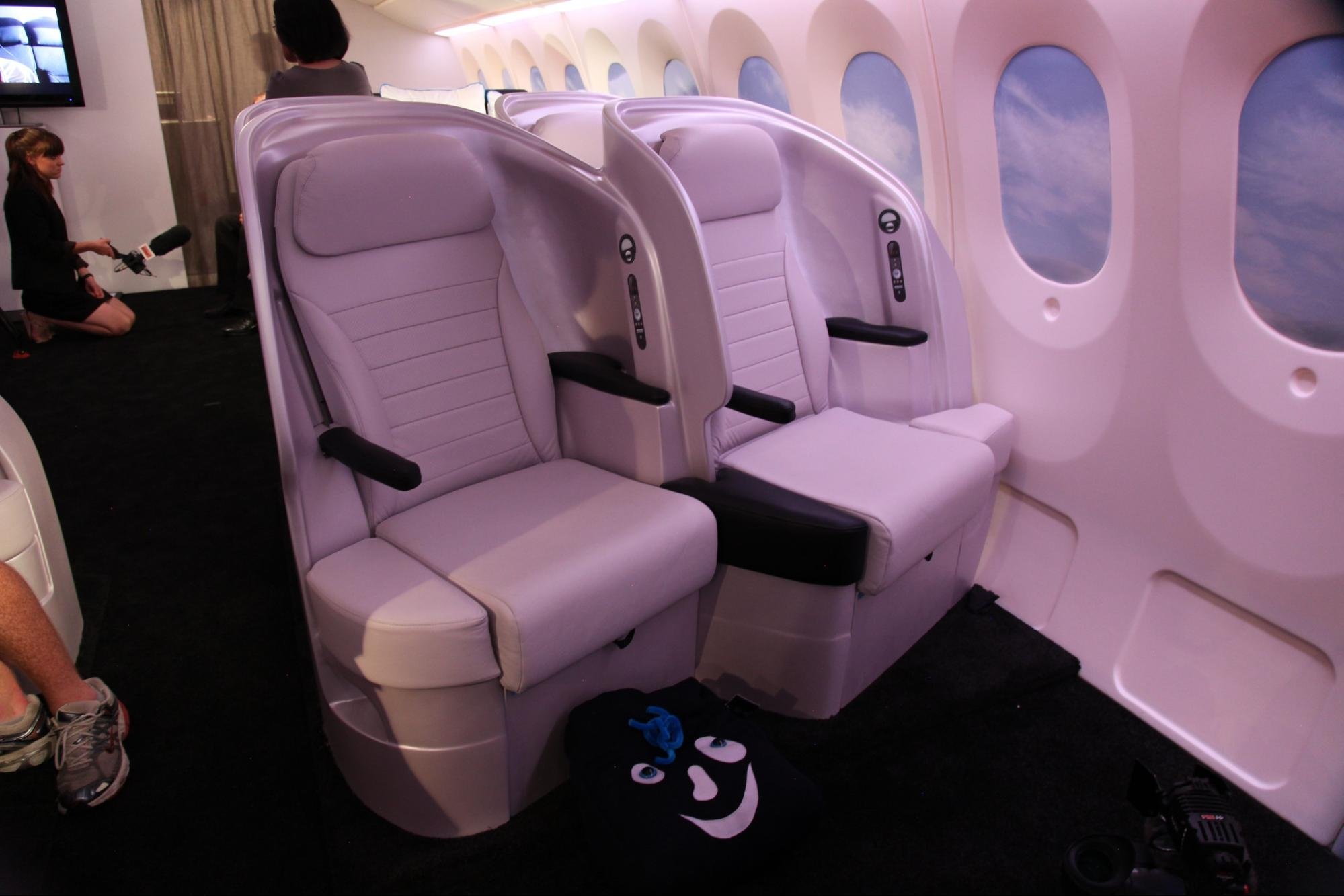If 2019 is about getting more people to travel, then 2020 is about getting more people to embrace alternative travel. As more people are slowly become aware of travel’s impact on the environment, sustainable travel has become a hot topic among travelers. Travel has now become far more than just about shopping and sightseeing, with other kinds of tourism starting to take root. Without further ado, here are the top 10 travel trends for 2020!
Also read: Our Top Stories: TripZilla’s Most-Read Travel News of 2019
Slow travel

Image Credit: Satoshi Hirayama
Most traditional tours tend to ambitiously cover a lot of places within a destination in just a few days to entice travellers. However, when you’re zooming past cities and attractions in days or even hours, there is not enough time to explore the many different facets of these places.
Travellers are recognising this which is why ‘slow travel’ is likely to become major travel trend in 2020. Tourists are now opting to base themselves in one location for a couple days, taking the occasional side trip for a breath of new scenery. Instead of visiting the usual tourist attractions, those who spend days in one city let themselves get lost among its streets and alleyways. Sometimes, they even discover new hidden spots that have not been bombarded by tourists yet.
Micro trips
As people get busier, it can be hard to take a long vacation days from work. Imagine the look on your boss’s face when you say you want to spend a month in New Zealand! A month away seems like a far-fetched dream when you’re working, but you can definitely do some micro-travelling by taking a few days of leave for short trips over the weekend or public holidays.
Recently, micro-travelling (i.e. shorter vacations) has become much more common across the world. With the trend leaning towards shorter vacations in 2020, most travellers are also now considering neighbouring cities that they have yet to explore.
Second-city travel

Image Credit: 663highland
Forget Tokyo or Seoul: travelers nowadays want to have unique experiences that can only be found in the country they are visiting. While large cities still have that unique factor, they tend to be more commercialised and filled with the usual fare of shopping malls and fancy restaurants – something that every major city offers.
Instead, most travellers are now considering also visiting smaller, lesser-known cities within popular destinations, giving rise to the trend towards ‘second city travel’ in 2020. According to Booking.com, two of the upcoming destinations in 2020 include Takamatsu and Seogwipo, located in Japan and South Korea respectively.
Only three hours away from Osaka city is Takamatsu, a port city overlooking the Japanese mainland. Takamatsu is also the largest city in the Shikoku region, which is the region least visited by overseas tourists to Japan. Those visiting Seoul can also consider taking a detour to Seogwipo, the city on the southern side of Jeju island. Jeju may be South Korea’s resort island, but Seogwipo is where the locals hang out – and where you should too.
Also read: Hidden Gems: 20 Under-the-Radar Destinations in Asia To Travel To this 2020
Flygskam: stop flying and travel by train instead

Image Credit: Dan (via Flickr)
Flygskam literally means ‘flight-shaming’, but no, it’s not about passenger shaming on flights. In this case, flygskam refers to the anti-flight movement that has recently become more popular, partly in thanks to youth climate activist Greta Thunberg. Today, it’s no longer a secret that each flight can amount to massive carbon footprints.
The next time you’re visiting Europe or large countries with good train networks (e.g. China, Japan, Korea), consider taking the train instead of planes. While planes might cover 5-hour train journeys in less than an hour, travellers don’t really save much time when they consider check-in and transport to and from the airport. On the train, you can relax with some snacks in hand while watching the scenery pass by – all in the comfort of your spacious seat.
Also read: Travel Like Indian Royalty: What Are India’s Luxury Trains and Why Should You Take Them?
Walking tours

Image Credit: Alexander Glebov
Transport between cities might be travel’s talking point, but transport within cities is equally important. In fact, there are so many ways to explore the city. Taxis are the most convenient, but not every city has affordable taxi rides. The next best thing, then, is taking the public transport. It’s convenient, cheap, and brings you to most tourist attractions.
What if there was another way to explore the city? Most travellers are considering walking tours, whether it is with a group or in a DIY manner. Walking tours allow you to delve deeper into a city, exploring the hidden gems and narrow alleyways while learning a bit about its history. Besides, walking is totally free and a form of daily exercise. Now you’ll have no regrets enjoying all the delicious local cuisine!
Travelling without your DSLR

Image Credit: kaboompics
Travelling is still about taking photos and showing your friends and family where you’ve been, as the increasing amount of travel photos on social media shows. With more advanced camera technology appearing on smartphones, you don’t need to lug your heavy DSLRs to take beautiful pictures anymore.
For example, the new iPhone has three cameras packed inside one smartphone. Each camera can take a photo of a different focal length from the same spot, so you can get zoomed-in photos or wide landscape photos without changing lens or moving around. The latest Samsung Galaxy S10 can take photos at f1.5 aperture – for the uninitiated, the S10 can take better photos in low light than most cameras can.
Also read: Best Travel Photography Apps
No matter how advanced smartphone cameras become, their quality will never match up to that of a professional camera. However, the quality of photos from your smartphone is definitely enough for your friends and family. So, save up the money on that new DSLR or lens and get a nice smartphone instead (but most of you probably have one of these already). It even comes with features that will make your travel easier (eg. access to maps, translators, travel apps).
The rise of premium economy

Image Credit: Kent Wien (via Flickr)
Every traveller dreams of getting that free business class upgrade, where they get lounge access and a plush seat to survive the long flight. It’s a big step up from economy class, where your seat is even smaller than your office chair. There is a reason why economy class is called “cattle class”.
However, more travellers are considering booking their flights on premium economy class. The new class supposedly fits the criteria of most leisure travelers: the seats are comfortable enough to sleep in, and they are not as expensive as business class.
For example, a flight to Sydney might cost around SGD900 on economy class, while premium economy class costs twice the amount. That gets you a wider seat with more legspace, more luggage allowance and a ‘private’ area on the plane. Sometimes you even get priority check-in and boarding privileges too.
Sustainable travelling
With so much emphasis on saving the environment, another travel trend that is here to stay is sustainable travel. The belief is that travel need not harm local natural and cultural environments, as overtourism has shown us.
The world has seen more tourists than ever, as total tourist numbers reached 1.4 billion. While tourism is good for the economy, it has disastrous effects on a city’s locals and the environment too. Tenants set up their rooms for Airbnb guests, displacing locals who might be finding a place to stay. Budget flights have become a lot cheaper – sometimes cheaper than train tickets, causing more fuel to be burnt.
Thus, there is greater emphasis to protect our environment and to move away from popular tourist destinations. There are other beach destinations in Thailand besides Phuket, as there are other cities in Spain besides Barcelona (one of the most overpopulated cities in Europe, according to UNWTO). If you are adventurous enough, try out voluntourism, a new kind of tourism that lets you volunteer your time to help out local communities. You get to contribute to the local community, and you gain a better understanding of the place you’re in. Now how good is that?
Culinary tourism
Some people travel to see new sights, others travel to try out new foods. Culinary tourism has always been popular among tourists, but it has recently gained more traction among local restaurants to be the trend to watch in 2020. With the rise of social media, these hole-in-the-wall restaurants are relying on their good food and perfect ambience to entice visitors. Visitors then post photo and video reviews of these restaurants, thereby attracting more people.
Besides restaurants, culinary tours have also relied on the advent of social media to market themselves. If you’re visiting a new city, look out for local culinary tours, which might bring you to spots only locals would know. Besides being cheaper than more established restaurants, these local joints are a better representation of the local cuisine. With these tours, you get to eat good local food at local prices.
Also read: Things to Eat in Ximending: 14 Foodie Hot Spots in Taipei’s Vibrant Youth District
Pet tourism

Image Credit: Cassidy Foton
First, there was culinary tourism – now, there’s pet tourism. It’s not just the humans that are going on holiday now, as pets also get to tag along on their trips. Pet tourism is especially enticing to singles, who would rather travel with their furry companions than strangers on a tour.
If you’re planning to bring your pet on your next journey, do enquire with the airline and bus operators about their guidelines for pets. Check with the places you are planning to stay in if they allow pets. All these might sound troublesome, but this is to ensure that you’ll have the best trip of your life along with your favourite fluffballs.






